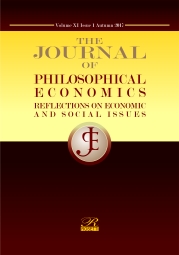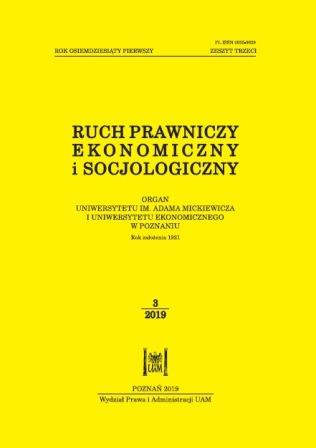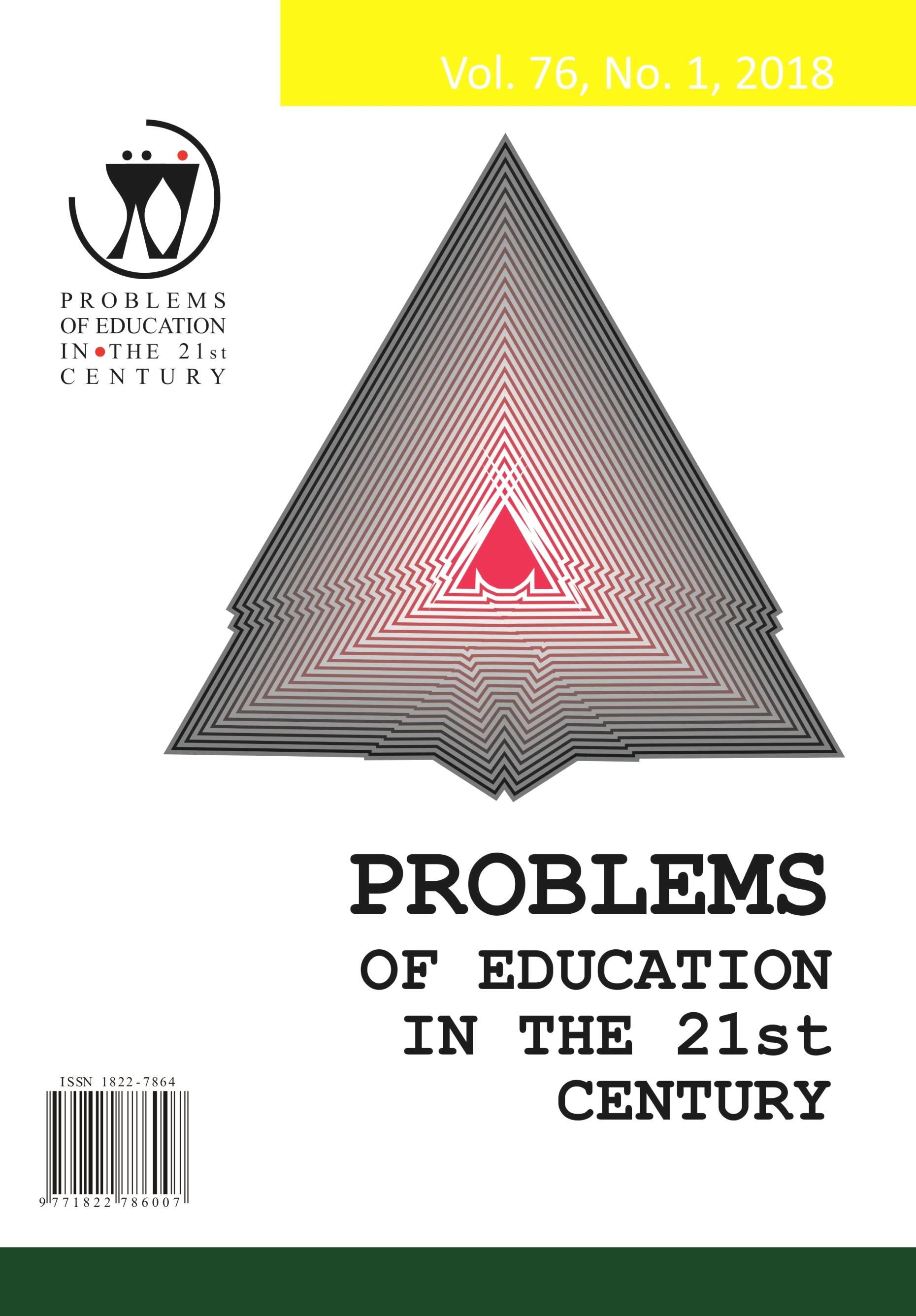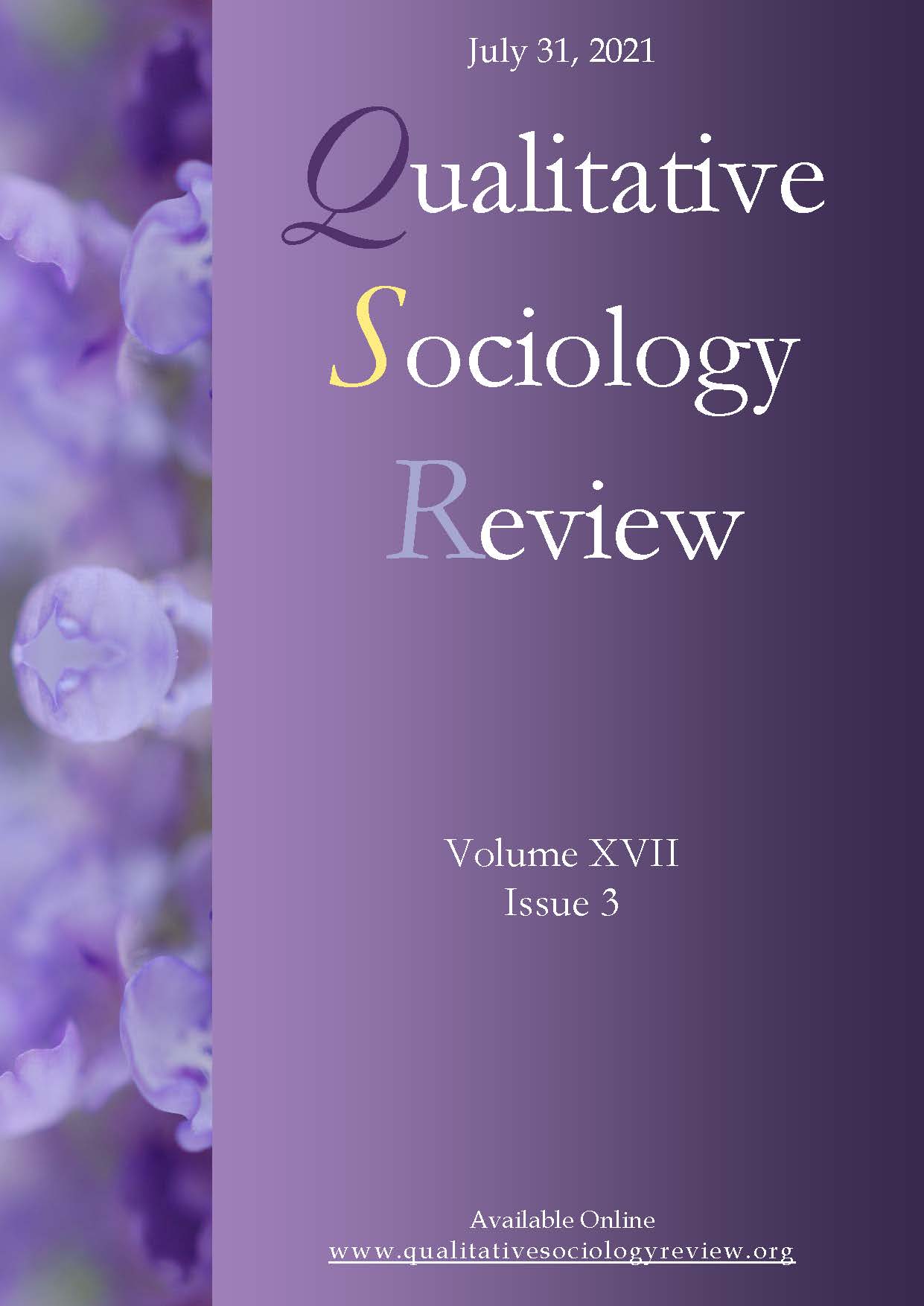Teoria kontroli społecznej w kryminologii
Author(s): Anna Kossowska / Language(s): Polish
/ Issue: X/1983
Keywords: social control;criminology;social bonds;
"Social control" is one of thę most fundamental concepts in sociology. Nevertheless, the meaning of that term has changed, parallel with the development of sociology as an academic discipline. Originally, the idea of social control was the focal idea in studies of the organization and growth of industrial societies, and formed the basis of investigations of the various elements constituting law and order. Nowadays, the dominant trend is to narrow the meaning of the term „social control" to defining the process of conformism to the rules of society. It is this second meaning that is used in criminology today. There is a basic difference betwęen the theory of social control and other criminological theories. This difference consists in the fact that this theory, unlike other ones, tries to explain why people do not break the law, why they behave according to the rules of society, why they fall in with the group - in other words, why they are conformist in their attitude towards the rules and norms, as well as to the values generally accepted by society. The other theories try to find out what makes people go against the social norm.
The basic principle of the theory of social control is the recognition that human beings must learn social behaviour through a process of socialisation. The aim of socialisation is to lead people to absorb the norms and values held in esteem by a given society. The process whereby the individual absorbs social norms and values depends mainly on the character of his links with the primary social groups, on the cohesion of the system of social norms, and on how far conformily with those norms will offer him the advantages he looks for.
A survey of the criminological literature dealing with the question of the effect of social control on deviant behaviour reveals that several theoretical approaches exist, each of them emphasizing different elements of such control. These elements are: the social bonds, the system of norms and yalues and the course and results of socialisation. These three theoretical approaches are not mutually exclusive. They are undoubtedly complementary.
We can distinguish three theoretical approaches to social control: a) the socialisation approach, b) the sociar bond approach, and c) the normative system approach.
In the first of these approaches, attempts are made above all to explain how socialisation takes place, and what results it leads to.
The chief representatives of this approach may be said to be W. Reckless, I. Nye, and A. Reiss.
Recklessr is the author of the containment theory, in which he distinguishes the following elements of social control:
We have outer containment when external pressure is exerted on the individualn by the group, or by society, in order to bring about behaviour approved by the group. This kind of pressure is exerted through training the individual to carry out socially approved roles, through his affiliation to tradition and the community in which he lives, and through direct control.
We have inner containment when, through socialisation, the individual develops self-control, that is, what we sometimes call his conscience. Five elements developed in the course of socialisation go to make up inner containment: a favorable self-concept, goal orientation, a realistic,aspiration level, adequate frustration tolerance, and commitment to socially accepted norms and values.
These two mechanisms - outer containment and inner containment - function either together or soparately. In some cases they reinforce each other, while in other cases they are complementary. On the whole, inner containment regulates behaviour based on a person's internal pressures whereas outer containment is used when factors in the environment favour criminal behaviour. But there are also frequent situations where, when inner containment fails, behaviour is modified by exteinal controlling factors; and conversely, it sometimes happens that in situations where control by the social group or social institutions is ineffective, self-control is the regulating mechanism.
Nye is of the opinion that the role of social control in society is that it strengthens our motivation towards conformist behaviour. It is a factor that increases our conformism, whereas lack of it encourages anti-social behaviour. Nye sees four types of social control:
Internal control occurs when, in the course of socialisation the individual Internalises the norms and values generally accepted in the given society, so that they become components of this conscience.
Indirect control is based on the emotional links between the child and his parents which cause the child to absorb the rules of behaviour passed on by the parents in the course of socialisation.
Direct control is exerted by the social institutions and primary groups; punishments are threatened in the case of nonconformist behaviour.
Then we have legitimate need satisfaction, where society guarantees that the emotional needs of the individual will be met if he conforms, but threatens that these needs will not be satisfied if he does not conform.
In his well-known paper on the connection between the breakdown of social control and the occurrence of criminal behaviour, A. Reiss3 declares that criminaIity may be defined as behaviour that is the consequence of the failure of personal control and social control, as regards the regulation of human behaviour in keeping with the social norms.
According to Reiss, criminal behaviour occurs firstly, when there is a relative lack of internalised norms and rules that would keep behaviour conformist; secondly, when a control mechanism that previously functioned properly breaks down; and thirdly, when the group to which the individual belongs is such that the social principles for inculcating conformist behaviour are on the whole lacking, ( or when there is a split between these social principles).
Criminality may be regarded as a function of the relationship between personal control and social control.
The second approach to the theory of social control lays emphasis on the social bond. Hirschi is the chief exponent of this approach, according to which the bonds (taken in the wide sense) between the individual and other people are the fundamental instrument of social control. According to Hirschi, the social bond consists of four main elements: 1) personal, emotional links (attachment), 2) a rational commitment to conformist behaviour, along with expectations as to punishment and reward (commitment); 3) a degree of involvement which would leave no room for deviant behaviour (involvement), and 4) beliefs.
In the case of personal attachment, the behaviour of the individual will depend on how sensitive he is to the opinions of others, on how far he reckons with their views. The people who matter here are the members of the primary groups to which the given individual belongs, the people whose opinion he respects, the people who will expext him to conform to the norms which they themselves recognize. According to Hirschi, the groups with whom bonds are all important are: the parents, the school, and the peer group.
Commitment means that the person absorbs the life style of his environment. A strong commitment to conformist behaviour, with the aim of achieving the kind of goals ranked high by the given culture, means that the person may lose a great deal if he acts contrary to the norms accepted by that culture. At the same time, conformism guarantees as it were that the person's aspirations will be achieved.
Strong involvement in conformist behaviour results in the fact that the person spends so much time and energy in keeping to the generally accepted model of behaviour that even "physically" he cannot behave otherwise (e.g. for lack of time).
Beliefs affect the acceptance or otherwise of the norms adhered to in a given society. Difference of behaviour between individuals may be due to difference in the degree to which the norms laid down by the law are accepted.
By and large Hirschi believes that all four types of social bond act together. Yet he also accepts that the diverse elements separately may each have an independent effect on the person's behaviour.
Schrag is one of those who adopt the normative and system approach to the question of the functioning of social control. He examines the functioning of the social control system on two planes; 1) culturally approved ends- culturally approved means, and 2) behaviour expected in a given society (prescriptions) – actual behaviour (performance). The cultural goals (prescribed ends) are values such as: freedom, justice, equality, happiness, security, Means that are approved by society (prescribed means) are such norms as: the law, beliefs, legal codes, regulations, agreements. Goals which may actually be achieved (performed ends) are goals such as influence, social status, prestige, education, reputation, money. The means actually used to attain these goals (performed means) are practices such as. customs, traditions, conventions of behaviour, innovations in existing customs.
A social system works well when all its constituent elements work well together. In such circumstances there are no disruptions in the functioning of social control. But if the various elements of the system clash, social control ceases to function efficiently, that is, it ceases to regulate human behaviour effectively. There is always a danger that the connections between the various elements of the system will become looser. This danger may take at least six forms: the accepted norms may not be able to protect the group values; goals may be beyond the reach of practical action; ways of behaving may be at odds with the sopially accepted norms; goals may be in conflict with the generally accepted values; there may also be a contradiction between values and practices, and between goals and norms. If the system is to work well, it is essential that there should be no basis divergence between formal (= legal) norms, and informal (= moral) norms. If the legal norms are rejected by the group because they do not fit in with the group's values, social control will not work.
According to Schrag, the causes of crime should be sought not so much in the individual as in the social system and the way it functions.
To sum up, one may present the sociological theory of social control as follows. It asks what makes people ready to subscribe to the norms and values accepted in a given society. Three basic types of answer may be given to this question. Answers of the first type stress the course and the effectiveness of socialisation processes. Answers of the second type emphasize the role of social bonds in the shaping of conformist behaviour. Answers of the third type draw attention to the importance of cohesion in the system of norms and values in a given society.
On the whole, socialisation is a process that takes place within the primary groups. Its aim is to make the individual adopt society's norms and values. The optimum situation is where these norms become internalised, that is, they become an integral part of the person's internal mental and moral structure. If this happens, we can say that inner control governs behaviour - that is, the person’s own conscience keeps him from behaviour that does not fit the generally accepted patterns. This goal can be achieved when there are strong bonds of affection between an individual and his parents, and also when the individual finds emotional support in other primary groups. The role of the primary groups is not only to provide good personal models to imitate, or to help the inaividual to adopt the generally accepted norms, but also to exercise direct control over tbe individual' behaviour by inducing him to conform. If the individual is to absorb a sociaily approved system of norms and values, that system should be a well integrated one, the rules should be clearly stated, and behaviour at odds with the approved norm should encounter expected social sanctions. Social control is most effective when three basic factors play a role: when socialisation follows its undisturbed course, when the individual finds support in the group and the group is able to control the behaviour of the individual, and thirdly when the system of social norms and values is cohesive and clear. In times of social unrest, when bonds are weaker, and the individual does not know what to expect from society, social control will be unable to exert effective control over the individual’s behaviour.
More...















